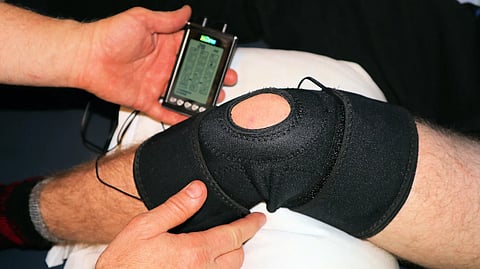“There is no evidence that delaying surgery for any of the additional nonoperative treatments studied, including physical therapy, gait aids, oral anti-inflammatories, or injections, leads to improved outcomes, and may burden patients without clear benefit,” said Susan M. Goodman, MD, attending rheumatologist at the Hospital for Special Surgery and co-principal investigator of the guideline.
Another key recommendation is that patients with nicotine dependence or diabetes should delay surgery to achieve either nicotine cessation or decreased use of nicotine products, as well as to allow for improved glycemic control.
“For patients presenting with nicotine dependence, there is a potential benefit of delaying total joint arthroplasty for nicotine use reduction or cessation,” said Dr. Hannon. “The patient should be educated about the increased surgical risks associated with nicotine use and ideally engage in nicotine reduction strategies.”


